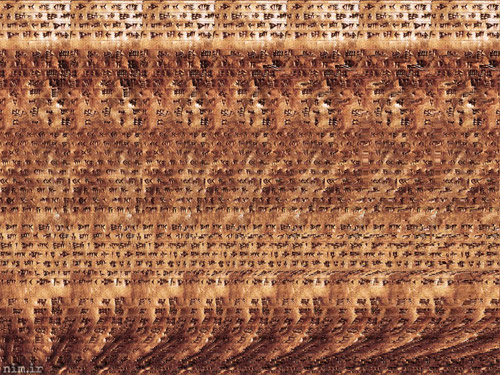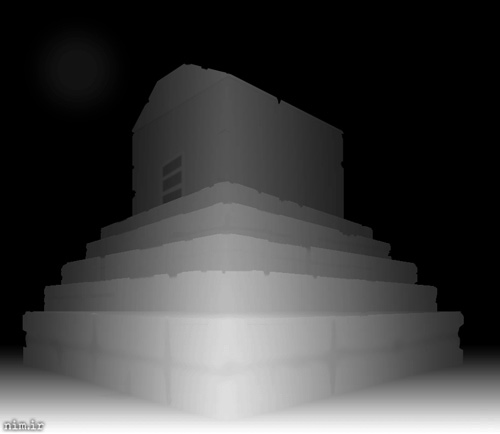Tonight is the longest night in the northern hemisphere, where most of humanity inhabits. Tomorrow, Earth axis is the most oriented away from the Sun which marks the “winter solstice”.
Called “Chelleh“ or “Yalda”, tonight, has been celebrated by Iranians since more than five millenniums ago. It was first as the birth of the Indo-Iranian goddess “Mitra” in the ancient Persia (which was later associated with Sun), and then as a Zoroastrian religious fest. Nowadays, it’s a social occasion where families and friends gather around and stay together, keeping the fire (or candles) burning through the longest night until the sun rises again, reading poems and eating nuts, watermelon and pomegranate.
p.s. Persian Calendar, like the Gregorian calendar, is solar. Moreover its important dates are inspired by nature rather than human made historical events. For us, today was the last day of autumn and winter started tomorrow, not because one out of billions of humans had birthday or another took over a dynasty and took power. Only astronomy.
p.s. Many thanks to Negin Ehtesabian for that two years ago she made this copyrighted illustration for this blog and I finally use it now. 🙂




